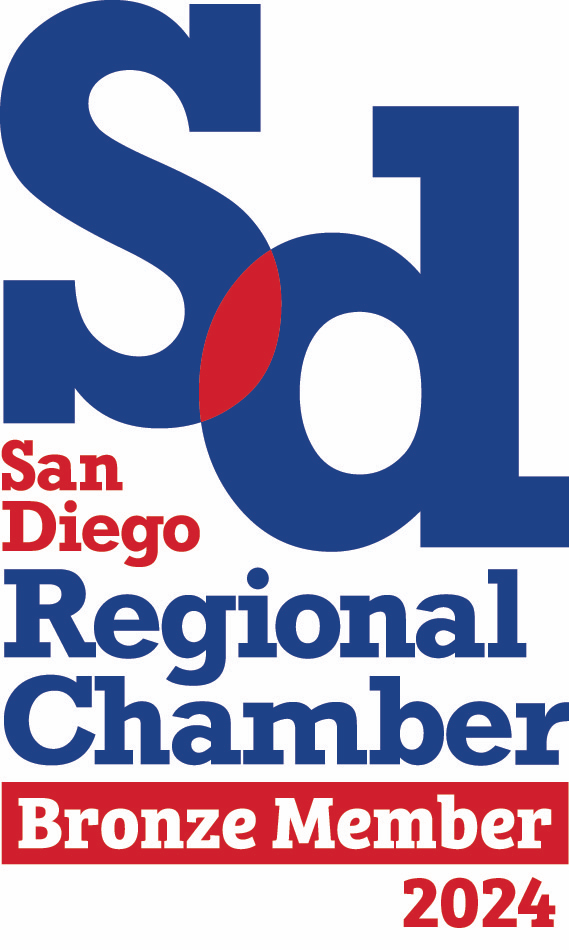Are Nonprofits a Business? A 30,000 Foot Overview of the Business Model of Nonprofit Organizations
Anybody who believes that a nonprofit shouldn’t be run like a business is sadly mistaken. And those organizations that are not run like a business are destined for failure. Gary Ridge from WD-40 once told me, “Some organizations have the heart but don’t have the business sense, and some have the business sense but not the heart. You have both.” The organizations I have run, especially the San Diego Food Bank, had both. It had the heart, but we had the business acumen. If you think about it, the San Diego Food Bank was a hundred-million-dollar corporation with 85 employees and many moving parts. You can’t run an organization like that unless you’re running it with fundamentally strong business principles: stellar financials; a healthy volunteer base; solid donor base, which is your sales if you want to bridge it to the private sector. You must also add marketing, media, PR, and culture—a tremendously important aspect of any successful business, nonprofit or otherwise—because you build to culture. You can train or educate people to do a job, but if they don’t fit your culture, they’re not a good fit.
I’ve seen many times in the nonprofit sector that somebody gets this great idea. They’re charismatic. They have people who want to support them, so they start their own nonprofit organization. They begin raising money and start doing things in the community. They have some success but then hit a wall. Because they don’t have a strong business model, they can’t attract sophisticated, more significant donors, larger grants, and the like. They lack strong financials. They don’t have strong board governance, and they don’t have the fiduciary responsibilities of board members firmly in place. Their fundraising program is not one you can base a foundation. They need a CRM, a big part of the fund development program. A reliable database is essential for any nonprofit. It’s where your volunteer and donor information is collected and stored, so you know how they want to be treated, what their histories are, what programs they’ve given to when they’ve given, what mailings, and how you’re going to approach them. A CRM also goes a long way toward donor stewardship. New donors are great, but retaining existing donors is probably even more important. It’s better to steward and groom those donors so they not only continue to support your cause, but you’re taking those donors and stewarding them up to larger gifts. In Nonprofit 101, there’s a fundraising pyramid that highlights the life of a donor. It shows where they enter your organization, their pathway through the years, upgrades to more significant gifts, and then ends with the hope of a planned gift in their will.
A strong business model is essential to any long-term successful nonprofit organization. Going back in my work history to my first nonprofit job, my first boss was a gentleman by the name of Frank Klein. He was from IBM World Headquarters, and at the time, IBM had a program, “Executives on Loan,” where they would loan out executives heading towards retirement. IBM would pay their salaries for 2 to 3 years, and these executives would bring private sector business sense to nonprofits. I’m in my mid-20s, and my boss Frank, who was probably one of the most influential people who shaped the way I have conducted myself throughout my nonprofit career, sat me down and said, “Jim, don’t fall in love with your charity. Businesses do business things for business reasons. Their philanthropy is tied to their organizational goals. If you help them achieve those goals, they’ll support you. And if you don’t, they’ll find another nonprofit. There are 10,000 worthwhile nonprofits.” Well, that was a little stunning to me, but I’ve used that philosophy my entire career, and I can’t tell you how many times I have heard from sponsors, donors, and media partners, “You know what, Jim, we’ve never heard that from any nonprofit. All you guys say is, “Oh, please support us because we have a worthwhile cause.” So especially in the corporate sector, I enter every relationship focused on ROI. What do they need to succeed and feel like this was an impactful, beneficial relationship? Many times, especially when I bring in media partners, these organizations support us, not through their philanthropy budget but via their marketing budget, because they will be involved with million-dollar campaigns. This has been integral to my success in developing business relationships for the nonprofit organizations I run. I never expect anyone to support us because we’re a good cause. I will make our case and try to have them realize that this is a very valuable organization. But really, it’s a business partnership, and if they’re taken care of and feel it’s a beneficial relationship, then they’ll support us. We’ll get the funding needed to further my organization’s programs. I also want to overdeliver because I intend to develop long-term relationships. I want to ensure those sponsors and donors come back year after year, so I do not have to chase that money. I won’t need to fill that hole with a new donation. Instead, I can get and count on those existing donations, and that’s how I build the organization.
If you need assistance, feel free to call on Floros & Associates. We have for-profit solutions for nonprofits.






